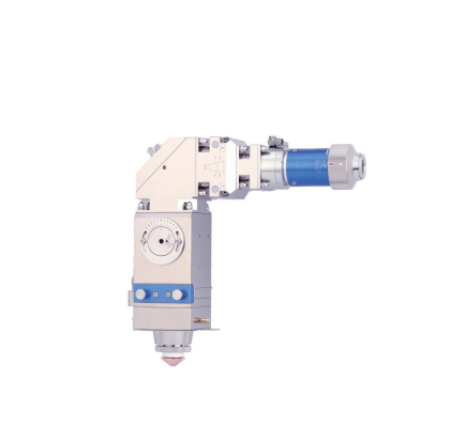Dross (or dross) is a common problem in laser cutting, where molten material solidifies on the bottom surface of the cut workpiece. Here are some potential solutions to reduce or eliminate dross:
Optimize laser parameters:
Power and speed: Adjust the laser power and cutting speed. Higher power or slower speeds can help, but too much of either can exacerbate dross formation.
Focus: Make sure the laser is focused correctly. Incorrect focus can result in poor cut quality.
Assist gas pressure: Increase the pressure of the assist gas (usually oxygen or nitrogen). The proper pressure can help blow away the molten material more effectively.
Material quality:
Use quality material with consistent thickness and composition. Impurities and inconsistencies can lead to uneven cuts and drossing.
Assist gas type:
Use the appropriate assist gas for the material being cut. For example, nitrogen tends to be better for stainless steel to reduce oxidation and drossing.
Nozzle and beam alignment:
Make sure the laser nozzle is clean and properly aligned. A misaligned beam can result in uneven cuts and increased dross formation.
Inspect the condition of the nozzle and replace if worn.
Cutting Strategies:
Use proper cutting techniques such as piercing and plunging to reduce slag.
Adjust the distance between the cut and the start/stop point to prevent overheating buildup.
Perform regular maintenance on the laser cutting machine. This includes cleaning the lenses, mirrors and checking for any mechanical issues.
Post-processing:
If it is unavoidable during the cutting process, post-processing techniques such as grinding or sanding can be used to remove residual slag.
By carefully adjusting these parameters and maintaining the laser cutting equipment, the occurrence of slag on the workpiece can be significantly reduced.

